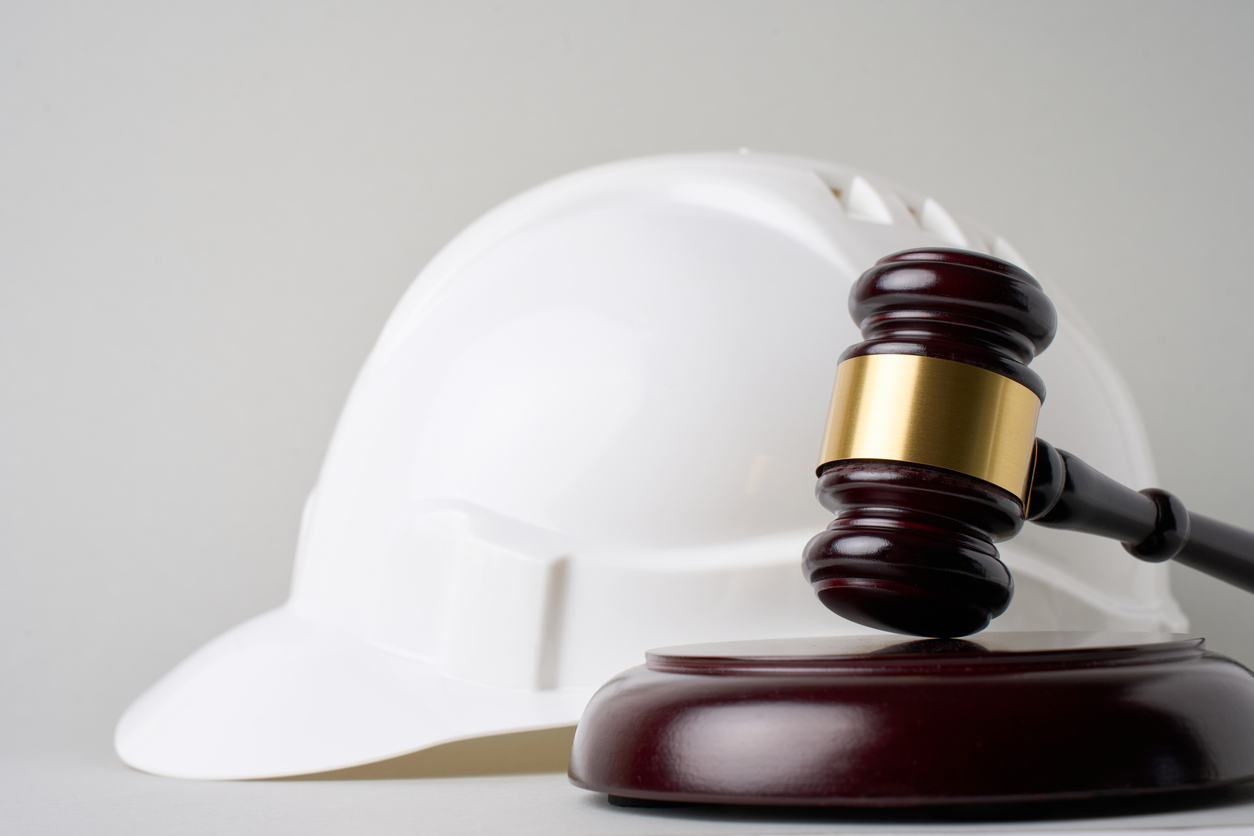You know that your Pro-Demnity professional liability insurance covers negligence claims. What might surprise you is that it can also respond if you face quasi-criminal charges under the Provincial Offences Act (POA). Read on to learn more about what you can do before the hammer falls.
Defence cost coverage for POA charges
Pro-Demnity’s policy does provide defence cost coverage when architects are prosecuted for offences related to their provision of professional services. However, Pro-Demnity will not pay your fine if convicted of an offence. Refer to the Defence Costs Coverage Against Contravention of Statutes paragraph found in the What is Covered section of your policy.
In recent years, Pro-Demnity has responded to charges made under provincial or municipal statutes including:
- Occupational Health and Safety Act (OHSA) prosecutions, where architects are named in connection with site safety oversight.
- Building Code Act (BCA) violations, where construction contravenes the Ontario Building Code (OBC) in a departure from approved plans.
- Environmental bylaw offences, such as removing trees from a site over a certain diameter without a permit.
While the fines sought in POA prosecutions may be small (especially compared with the civil damages typically sought against architects) the reputational and financial cost of defending a charge can be significant.
Also, under the Municipal Act, the court has the authority to order remediation when certain environmental bylaws have been breached. Recently, Pro-Demnity was involved in a matter defending an architectural practice, in which the cost of remediation was more than $100,000.
No matter which provincial or municipal statute the architect is charged under, Pro-Demnity will step in to fund a vigorous defence.
Understanding the Process: Part III of the Provincial Offences Act
Environmental, Building Code, and OHSA charges are typically laid under Part III of the Provincial Offences Act, which governs serious provincial offences.
Here’s what to expect:
- Summons, not a ticket. The process begins with a formal summons requiring attendance in court. There’s no “pay-and-forget” option as with minor traffic tickets.
- Disclosure and early resolution. The defence receives disclosure (the evidence the prosecutor intends to rely on). Legal counsel can then negotiate resolution or proceed to trial.
- Trial. If a resolution is not reached, you will have your day in court before a Justice of the Peace. These proceedings resemble a criminal trial, with witnesses, cross-examination, and the potential for fines.
Provincial offence cases move through the courts relatively quickly. Your first court appearance will often be within weeks of receiving your summons, and your trial will typically take place in less than a year.
Enforcement Trends: Cottage Country Cracks Down
Pro-Demnity has seen an uptick in POA prosecutions, particularly in cottage country, where local councils face political pressure to tighten enforcement of environmental bylaws. Municipalities are now more aggressively laying charges related to tree removal, shoreline setbacks, and water quality. Architects have occasionally found themselves named in these charges—especially in cases where site plans were unclear about protected trees or the location of existing waterways.
The best protection is good documentation. If your site plan shows trees being removed, it is best practice to note that such removal may require a permit. Architects should also record the advice they give to clients about environmental permits, site plans, and municipal requirements even if responsibility for compliance rests with the builder or owner. While greater specificity is always preferable to generalities, even recording that “tree removals or site alterations to comply with tree preservation and site alteration by-laws” can be helpful. Those records can make the difference between a short conversation with an investigator and a formal summons.
If charges are laid, Pro-Demnity will appoint experienced defence counsel familiar with municipal and regulatory prosecutions to protect the architect’s interests.
Three ways to protect your architectural practice
- Keep written records of advice on compliance with building and environmental rules. Documentation is your best defence.
- Notify Pro-Demnity early if you receive any notice of investigation, summons, or contact from a bylaw officer before speaking to enforcement officials. Contact the Claims department at claims@prodemnity.com or call 416-385-1770. Also refer to our webpage on How to Report a Claim. Early reporting ensures the best possible protection.
- Understand your coverage. Your Pro-Demnity policy includes valuable benefits and coverages for the usual and customary services you provide as an architect. But insurance doesn’t cover everything. Review your policy carefully and understand any exclusions or limitations. If a prosecution arises alleging a breach of statutes, regulations, or by-laws within a jurisdiction we have agreed to cover in writing, your policy applies. Remember: while Pro-Demnity will fund your defence, it cannot pay fines.
By staying informed and proactive, architects can navigate provincial or municipal prosecutions effectively, with Pro-Demnity as your ally.
Our Contributor

Matt Brown BA, JD is legal counsel at Pro-Demnity where he defends architects in civil actions and quasi-criminal prosecutions. Before joining Pro-Demnity from private practice, he represented public authorities in civil litigation, code of conduct investigations, and significant by-law prosecutions. Matt holds degrees from McGill University and the University of Toronto Faculty of Law. Prior to law school, he worked as a journalist for a daily newspaper in East Africa and as a policy analyst at a leading Canadian think tank.

